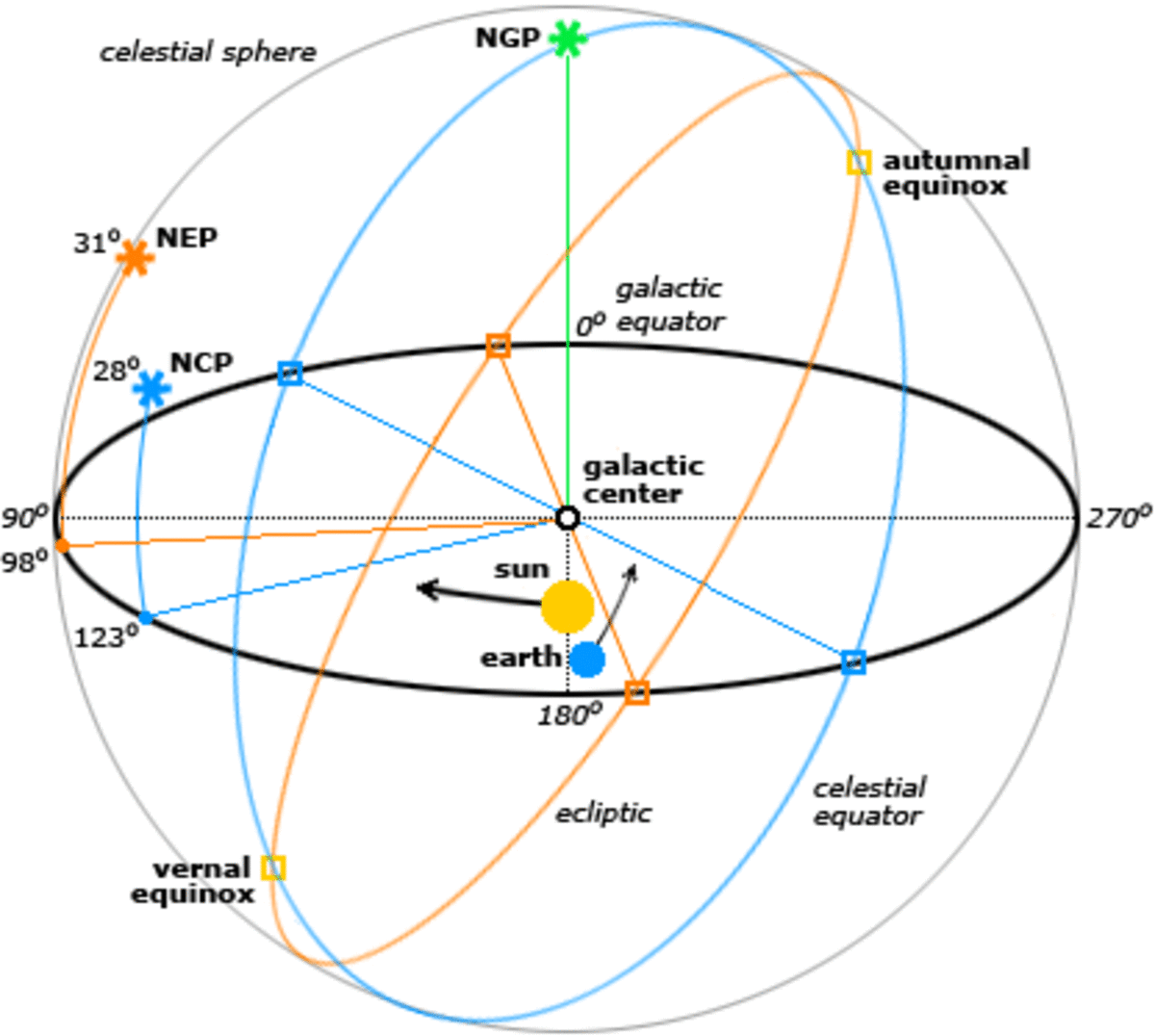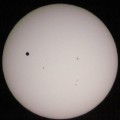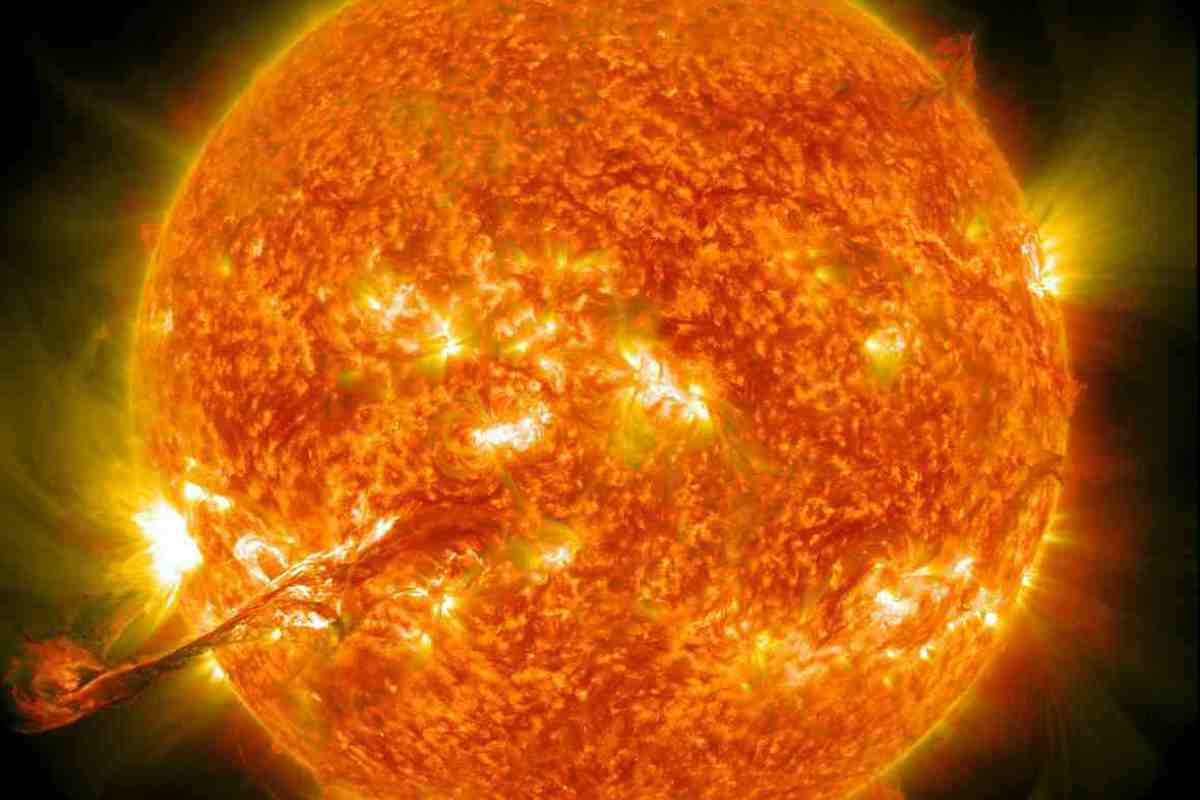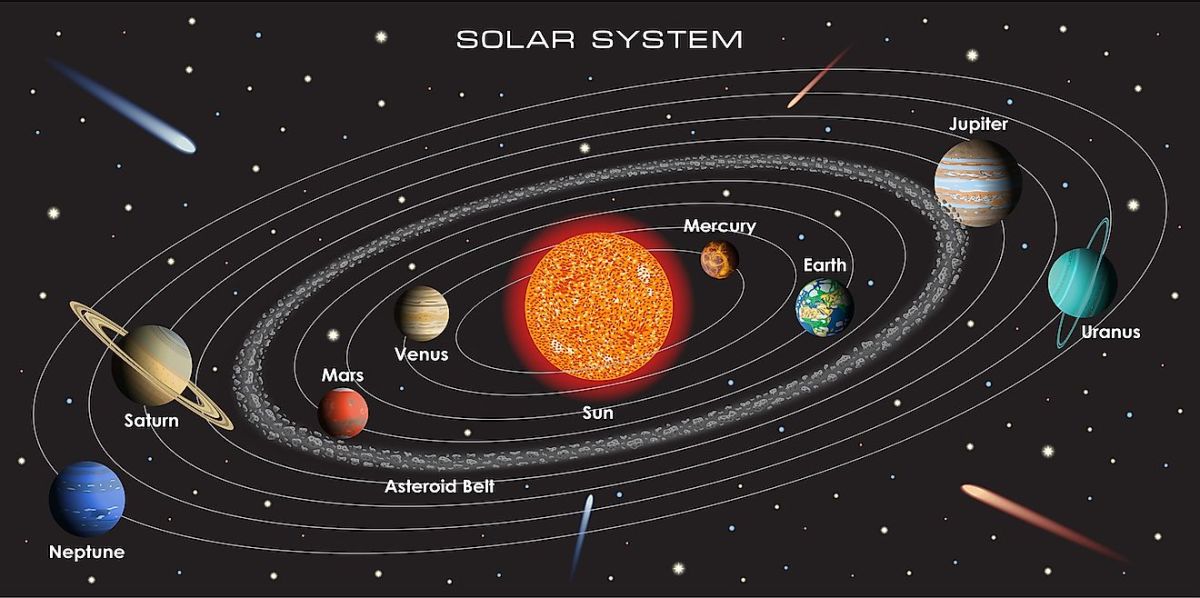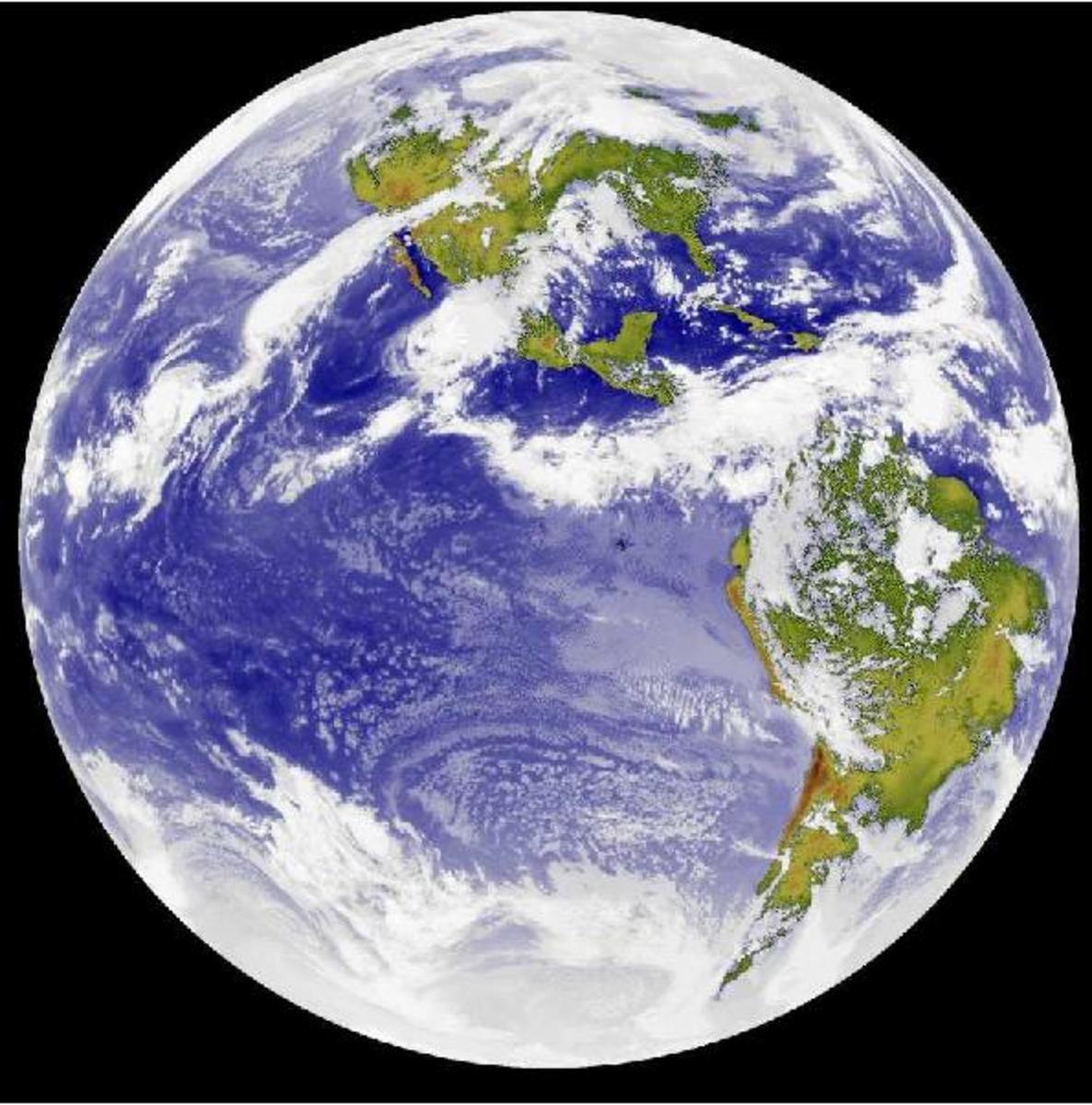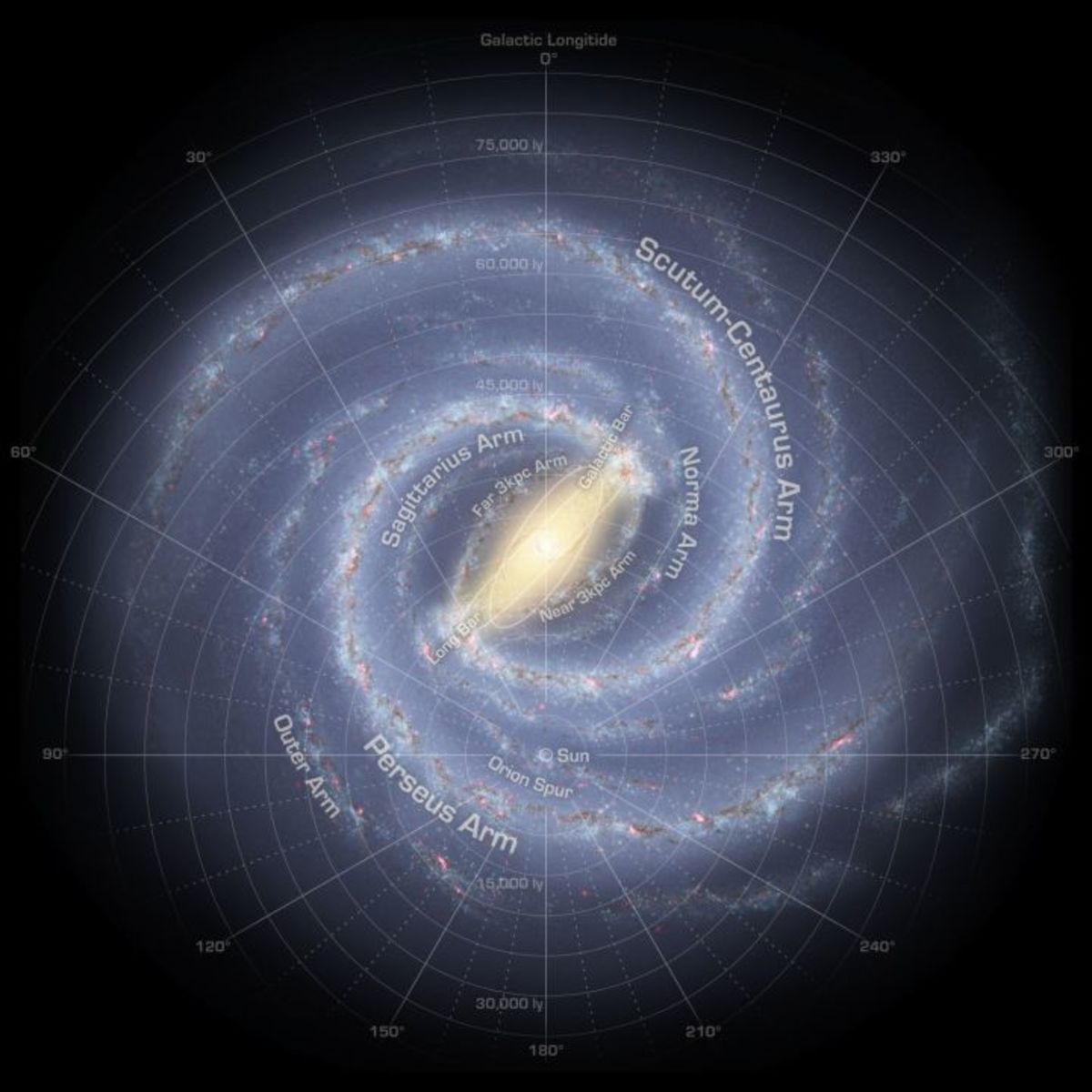How Earth Survives in the Solar Family?

Earth constantly revolves around the sun, completing once in 365 days. But our earth is not moving in the same speed. Instead it regulates its speed to survive in the solar family. Want to know how? Read this hub.
John Kepler (1571-1630) was the greatest of all German Astronomers. He joined Tycho Brahe in 1600 and succeeded him as the Imperial Mathematician. He studied for himself all the careful observations of Tycho for nearly two decades before he formulated his famous three laws of planetary motion. Kepler always believed in the celestial bodies moving according to simple laws and he accepted Copernican theory of heliocentric motion of planets (Copernicus initiated the motion of the earth and other planets around the sun in circular orbits with the sun at the centre and also that of the moon around the earth in a similar orbit). He tried one hypothesis after another to fit the observational data of Tycho and rejected until he arrived at his final laws in 1618. He published the following three laws in his `Harmonics’ in the year 1619.
- Every planet describes an elliptic orbit around the sun, the sun being situated at a focus.
-
The motion everywhere in the orbit of a planet is such that the radius vector joining the sun and the planet describes equal areas in equal intervals of time.
-
The squares of periodic times of planets are proportional to the cubes of their mean distances from the sun.
Figure (1)
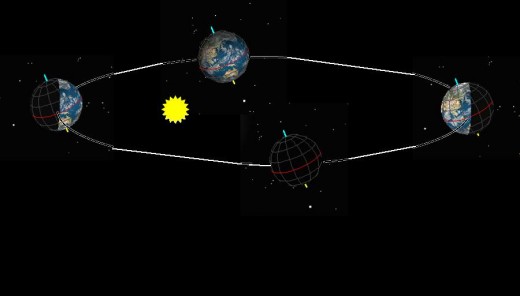
Figure (2)
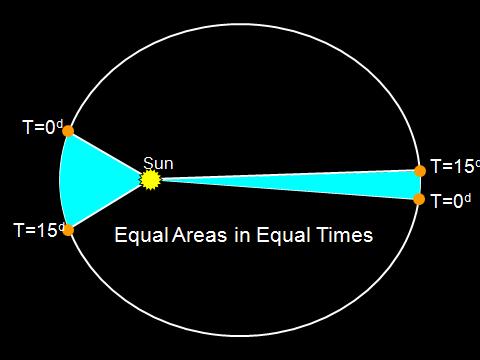
Figure (1) explains the elliptic path of our earth (a planet) around the sun. The second law says that the areal velocity of a planet is constant. Earth constantly revolves around the sun. Do you think that the earth is moving with the same speed at about 66,660 miles per hour (107280 km/h)? This is not true! Actually our earth adjusts its speed according to its position. Look at the figure (2). The areas covered by the earth in 15 days are shown in the figure. The planet describes equal areas in equal intervals of time. When the earth is near the sun, it goes very fast; When it is very far off from the sun, it goes slowly. Why this happens? When the earth is close to the sun, it should move very fast ; otherwise it will be pulled out from its orbit due to the enormous attraction of the sun. As the earth is very far off from the sun, the earth must go slowly so that it will not be thrown away from its orbit. It is the natural law. It was observed keenly by Kepler and hence we got the famous three laws!
- Why February is used for Leap Year Correction?
The period of apparent revolution of the sun around the earth is called a year. It is about 365.2422 mean solar days which could not be used conveniently for ordinary civil purposes. For convenience, the civil...
- http://hubpages.com/hub/Astronomy_chips
The shape of the disc of the sun or full moon at rising or at setting is oval (elliptical) Light from the sun or moon after travelling through vacuum enters into our atmosphere. As light passes from a...
- Winning Cricket World Cup 2011 the proudest moment of India
India on Saturday (02/04/11) defeated Sri Lanka by six wickets to claim the World Cup 2011 after 28 years. India won its maiden cricket World Cup in 1983 at Lords. I was fortunate to watch both matches on...
- Vailankanni Mother Mary My Pilgrimage Center
We visit Vailankanni every year from the nearest airport at Tiruchy (154 kms). No words can express the happiness and peace that we feel in the presence of our beloved Mother. Vailankanni, a hamlet on...

